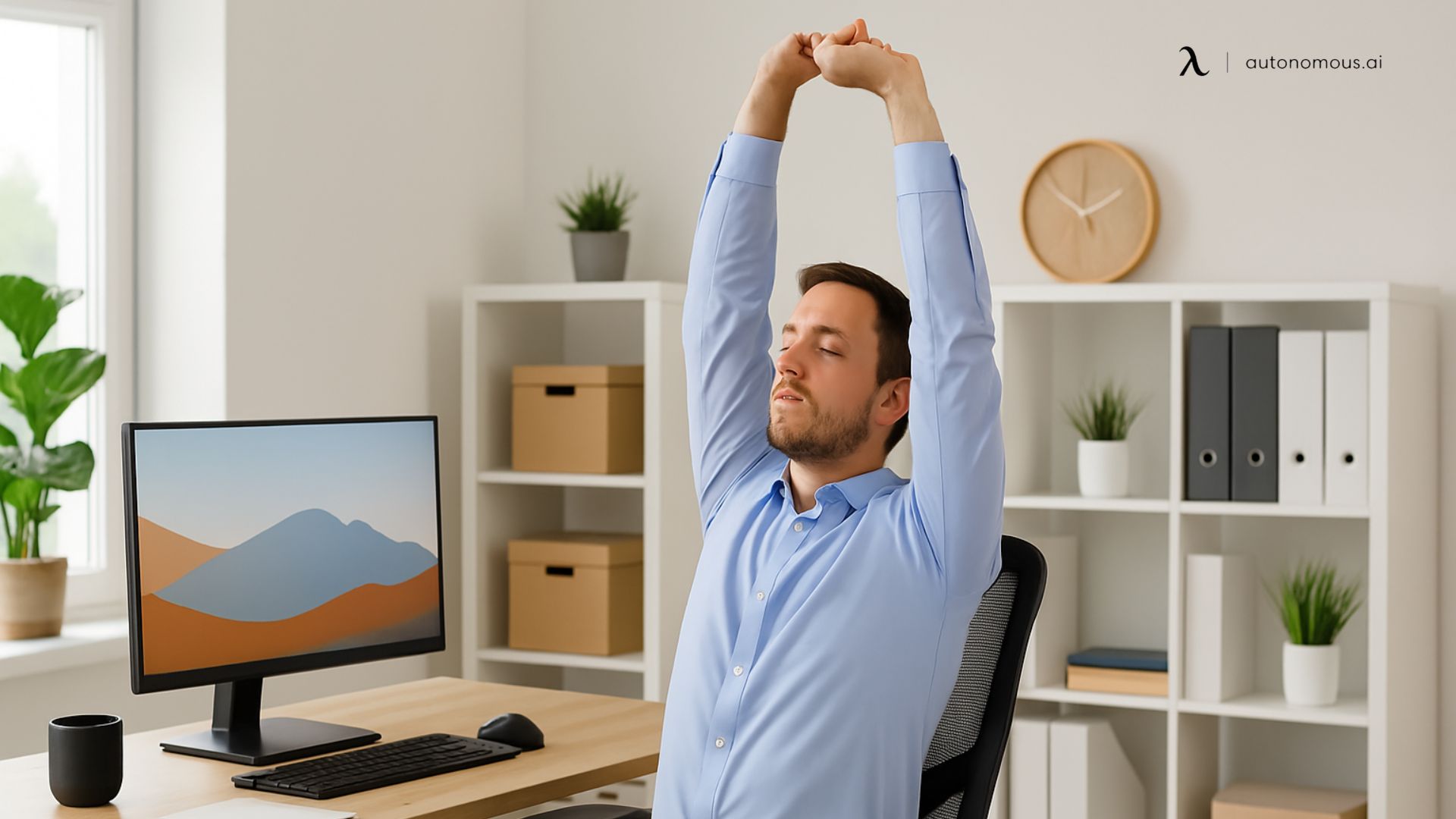
14 Desk Chair Exercises To Make You Unbelievably Healthier
Table of Contents
Work can get overwhelming sometimes; to the point where you completely ignore your fitness. That should never be the case. It’s indeed possible to work and exercise at the same time.
That’s because there are several office chair exercises you can do effortlessly. This level of convenience ensures that you are able to maintain your exercising momentum. In addition, it offers you a well-deserved break from a stressful day at the office. The best thing is that an ergonomic office chair is all you need.
Funny enough, you’re already familiar with some of these standing desk exercises. For instance, just by rising from your chair, you’re performing an exercise known as chair squats. But to polish your technique, you ought to make the motions more deliberately and slowly.
You’re also already familiar with an exercise known as chair body lifts. You may not be aware of this, but you probably perform it every time you readjust your body in your chair. The exercise focuses on working the triceps.
Criss-cross arms can be effective at helping you to eliminate the bad habit of hunching forward while working on your computer. Similarly, chest squeezes are a great exercise for working your chest muscles because the motions involve isometric contractions.
Be sure to try out these office chair exercises the next time you have some free time on your hands. And if you’re worried about receiving weird stares from your coworkers, go into an empty meeting room and perform your exercises there. Alternatively, you could use the stairwell. Talk about getting in great shape without spending too much time or money.

Top Easy Office Chair Exercises
While the comfort of an office chair may seem like a blessing, prolonged sitting can lead to health problems such as poor circulation, stiffness, and muscle weakness. The good news is that you don’t need to leave your desk to make a difference—office chair exercises can help you stay active, improve your posture, and boost your overall well-being. Here are exercises that are simple, effective, and can be done throughout your workday.
1. Triceps Dip
Place your hands on the bottom of your seat. The distance between your hands should be shoulder-width apart.
Slide off your chair while still supporting yourself with your arms. Make sure your arms are straight. Ideally, your knees should be bent at an angle of 90 degrees.
Then while maintaining your back’s proximity to your chair, bend your elbows slowly and dip down as low as you can. Now go back to your starting position. In the beginning, you should do at least 20 repetitions. If you feel overwhelmed, however, you can do lesser repetitions but focus on perfecting your technique. Increase the number through time to challenge yourself.
2. Bent Over Rows With Arm Lift
While on your ergonomic office chair, move forward until you’re sitting on the edge of your seat. Now lean forward while ensuring your lower back is naturally arched.
Make sure your arms are facing each other.
Straighten out your arms and raise them to your side. Pause for a second or two while your arms are in the air and slowly lower them returning to your starting position. Perform 25 repetitions of the exercise.
3. Arm Circles
Sit on your chair with your back straightened out. Bend your legs through an angle of 90 degrees while ensuring your feet stay flat on the floor.
With your fingers touching your shoulders, and while keeping other parts of your body stationary, continuously roll your arms backward in a circular motion. Do at least 40 arm circles.

4. Russian Twist
While sitting on the edge of your chair, let your legs bend at the knee joint and lift them. Also, lean back slightly making sure you don’t round your back.
Bend your arms at your elbows, making sure they are in line with your ribcage’s bottom. Draw in your navel and slowly twist to the left. Then inhale and twist in the opposite direction (the right). Be sure to do 30 repetitions dynamically on each side.
5. Seated Hip Thrust
Once again, sit calmly on the edge of your seat, with your toes on the floor and your legs bent at your knees.
Support yourself by holding the armrest or the chair. Now lean back through an angle of 45 degrees, or as much as the chair can accommodate. Pull your legs inward, almost touching your chest, and drop down your feet without letting them reach the floor. Do at least 20 repetitions of the exercise.
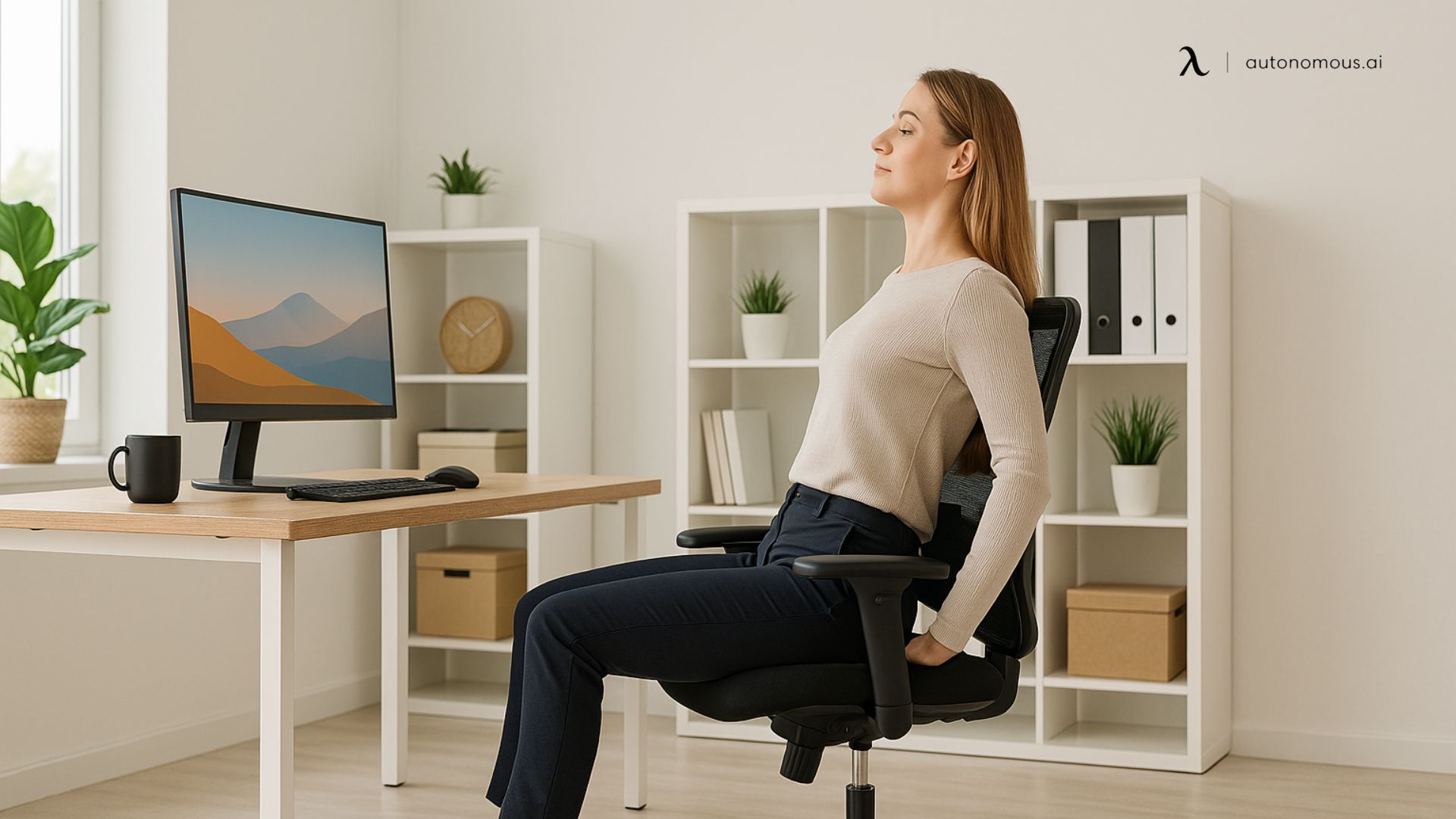
6. Chair Plank
Rest your forearms on your seat, with your hands touching each other. Straighten out your legs with your toes touching the floor. Next, try to contract or tighten your abdominal muscles.
Ensure your body remains straight the entire time. Don’t sink or lift your hips. Hold your body in this position for at least 45 seconds. If this is too much for you, you can reduce the time but ensure your technique is perfect.
7. Squat Calf Raise
Get behind your chair and lightly touch the backrest with your fingers. Concentrate your weight on your toes and dip down your hips, so your legs are bent at your knees through an angle of 90 degrees.
While holding the current position of your knees and hips, stand as high as possible on your toes and hold for one second. Lower your heels then return to your starting position. Do at least 25 repetitions of this exercise.
8. Bulgarian Split Squat
Stand in front of your rolling office chair with your back facing the chair. Lift your left leg and place it on the seat behind you. Next, bend your right leg about the knee to the point where your left leg is almost touching the floor. Make sure to place your arms on the hips and keep your back straight.
Now straighten out your right leg and return to your starting position. Do at least 20 repetitions of the exercise, then switch legs and place your right foot on the seat behind you. Again, do at least 20 repetitions on the other leg as well.

9. Chair Squat
Stand in front of your chair once again. Spread out your legs to a shoulder-width apart distance. Squat down as if you’re sitting on the high back office chair but don’t touch it.
Make sure your knees stay above your feet, your back is straight, and your weight is concentrated on your heels. Also, ensure you bend your arms at the elbows and keep your hands together. Straighten your legs to return to your starting position. Do at least 20 repetitions of the exercise.
10. Quick Feet
Sit on your chair while maintaining a straight back. Next, bend your legs about the knee joint, and make a running motion on the spot with quick, short steps. Do this as fast as you can for about 45 seconds.
11. Leg Lift
Sit on the edge of your seat with your feet placed flat on the floor, and legs bent about an angle of 90 degrees. Next, hold onto the armrest or chair to support yourself. Slightly lean back, while maintaining a straight spine.
While keeping your legs bent about your knees, lift both of your legs up and pull them inwards toward your chest. Finish by lowering your legs to your starting position. Do at least 30 repetitions of the exercise.
12. Clenches
This is perhaps one of the most straightforward exercises in this list. Simply clench your bottoms and hold for about ten seconds. Make sure to perform five sets of eight repetitions.
The best thing about this exercise is that you don’t have to get up, and your coworkers won't notice that you’re working out in secret.

13. Ankle Rotations
Rotate your ankles both clockwise and anticlockwise for about five seconds. Make sure to do five sets of eight repetitions in each of the directions. This exercise helps to improve the flexibility and strength of your ankles, thereby making you less prone to suffering from sprains.
14. Rotating At The Waist
Hold onto the backrest of your chair for support. Then rotate at your waist while you’re seated. Start by rotating to your farthest left and hold for about five seconds. Repeat the same steps on the right. Make sure to complete five sets. This exercise helps to strengthen your core.
How to Incorporate These Exercises Into Your Day
Let’s look at how to seamlessly incorporate them into your workday. The key is to make exercise a regular part of your routine without interrupting your productivity. Here are some simple strategies:
Setting Reminders
One of the biggest challenges of working at an office desk is remembering to get up and move. To help you stay on track, set reminders or alarms on your phone or computer every 30 minutes or hour. Apps like Stretchly or BreakTimer can also help you schedule breaks and remind you to stretch or move.
Batching Exercises
If you're pressed for time, you can batch your exercises into a few quick sets that you perform at specific times during the day. For example, set aside 5 minutes in the morning, after lunch, and before you finish work to do a series of stretches or core exercises. This way, you get consistent movement throughout the day without feeling overwhelmed.
Integrating Them During Breaks or Phone Calls
You don’t need to carve out extra time in your day to exercise. Use breaks, phone calls, or video meetings as opportunities to squeeze in a few office chair stretches or core exercises. You can stand or sit while talking on the phone, doing seated leg raises or seated twists, and still be productive.
Starting Small and Gradually Increasing Frequency and Duration
If you're new to office chair exercises, start with small, simple movements. Begin with a few basic stretches or a short workout and gradually increase the frequency and duration as you get more comfortable. The goal is to make movement a habit, so take it slow and build up to more complex routines.
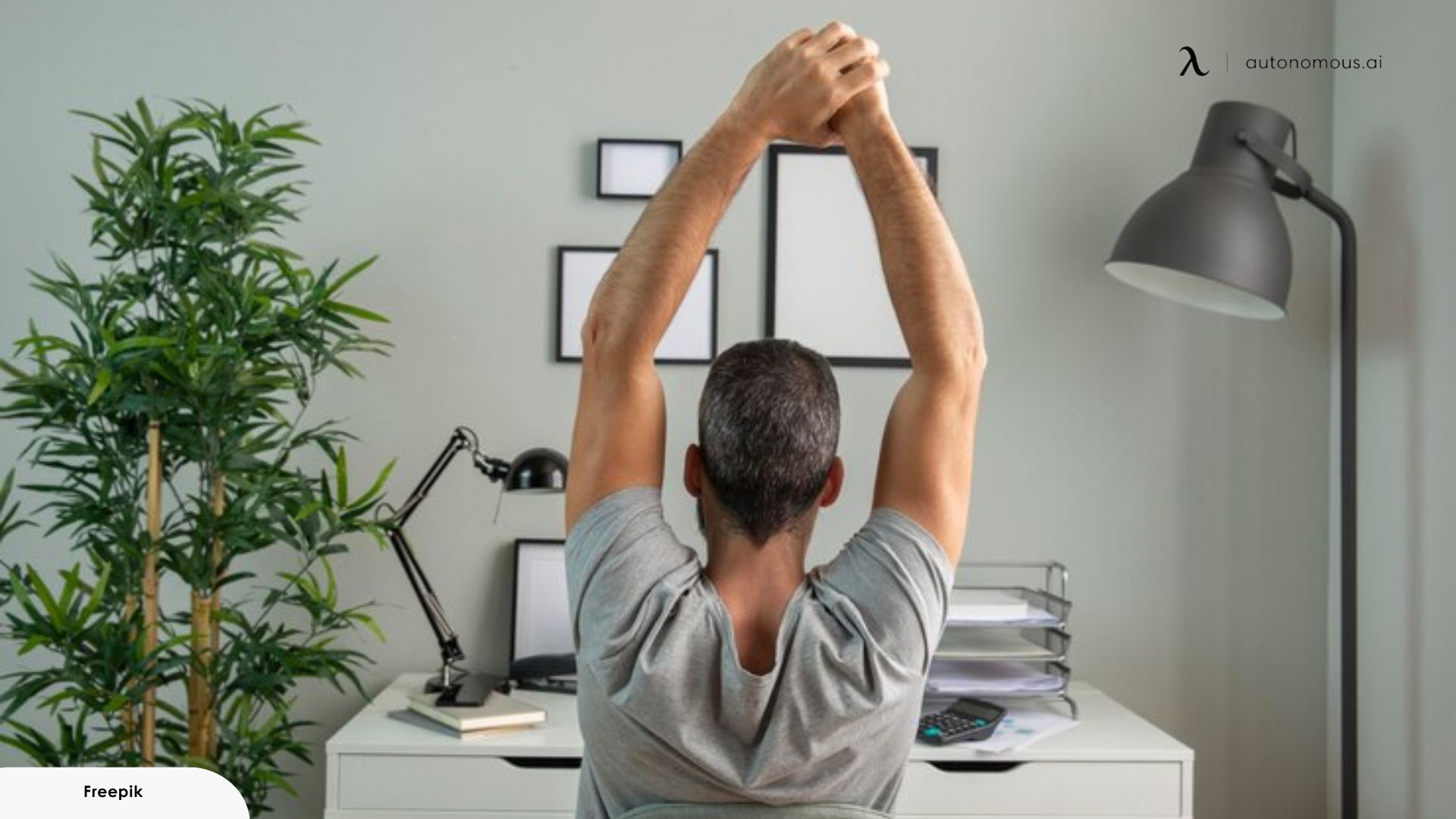
Tracking Your Progress & Staying Motivated
Consistency is key to making desk chair exercises a lasting habit. Here’s how to track your progress and stay motivated as you work toward better health:
Keeping a Simple Log
Tracking your progess and how often you do them can help you stay accountable. You can use a fitness tracker, a notebook, or even a digital calendar to log when and what exercises you did each day. This simple step will help you stay consistent and notice improvements over time.
Noticing Improvements in Energy and Comfort
As you incorporate more exercises or stretches into your routine, you'll likely notice improvements in how you feel throughout the day. Pay attention to changes in energy levels, mood, and any reduction in discomfort or pain. These tangible improvements will keep you motivated to continue.
Finding an Accountability Buddy
Having someone to exercise with can make the process more fun and help you stay motivated. Whether it’s a coworker, a friend, or even a family member, having an accountability buddy who shares your goal of staying healthier at work can be a great way to stay on track and make office chair exercises more enjoyable.
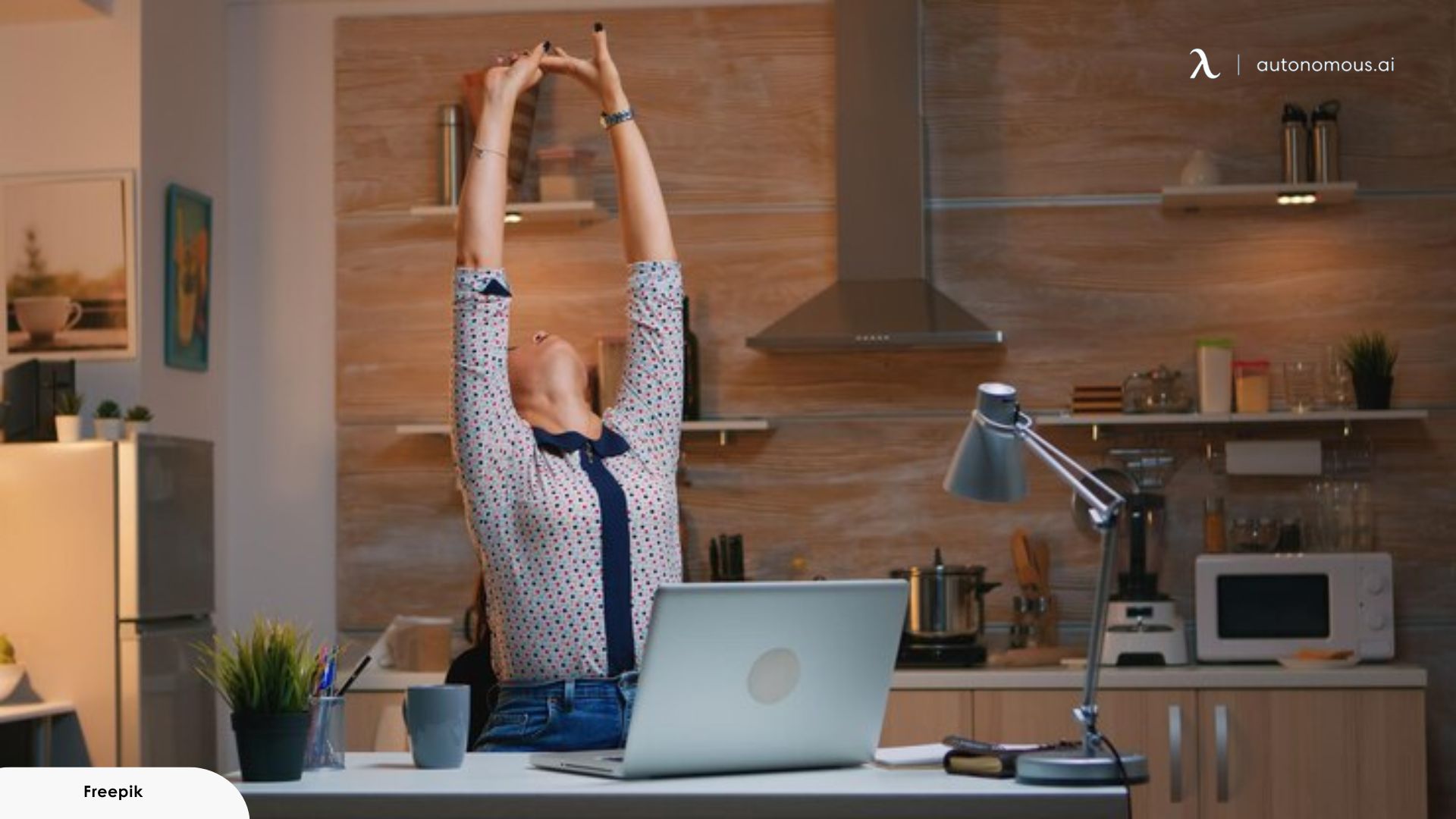
Closing Remarks
If you’ve been reading this article while sitting down, you should stop. No, don’t stop reading. You might want to stand up and perform the exercises as you read along. The exercises are not meant to tire you to the point where you’re not able to continue with work. On the contrary, they’re intended to help you stay active and energized, so you can operate with optimum productivity.
If you’re like most people, it’s highly likely that you’re spending extended periods of time sitting at your desk. It could be due to a huge workload, or you could be whiling away time scrolling through Instagram, Twitter, and Facebook.
The modern lifestyle demands that we spend most of our time sitting down. However, too much sitting has been shown to be too deadly for us to the point where it may lead to death.
According to research conducted by the world health organization (WHO), the lack of physical activity contributes to around 3.2 million deaths. Moreover, our sedentary lifestyles can result in an increased risk of heart disease and diabetes, as well as reduced bone and muscle strength.
Surprisingly enough, even people who work out regularly are still not getting the required amount of movement necessary to counter the harmful effects of too much sitting.
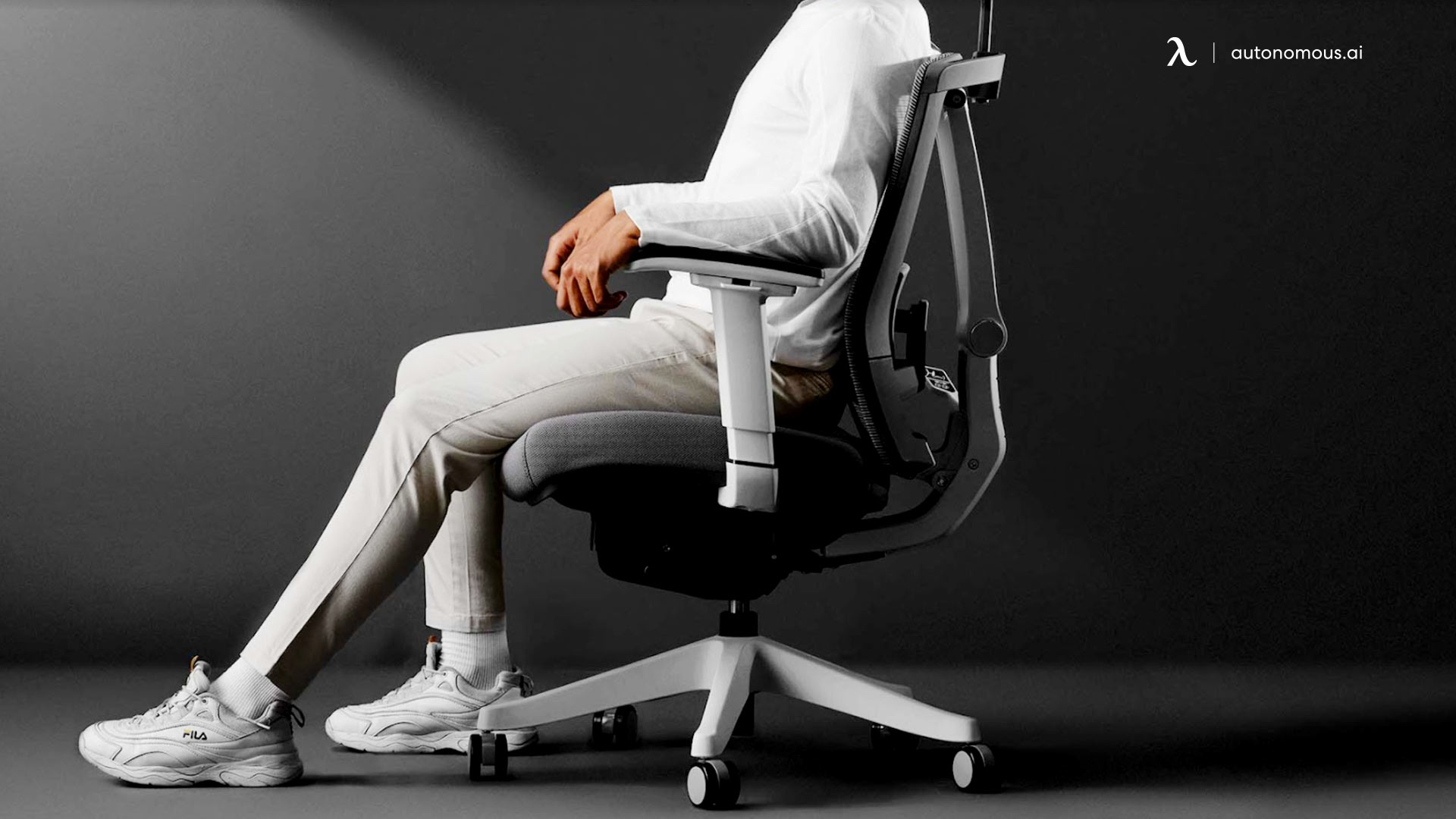
Too Much Sitting Is Also Making You Fat
The average employee stays seated for around 9.5 hours a day. If we compare this statistic to the 7.5 hours of sleep we get, it shows that we are sitting too much.
Here’s how a typical workday looks like for most people: you commute to and from work in your car or by bus or train, while seated the whole time. You get into the office and sit as you reply to a couple of emails or listen to voicemails.
Furthermore, you spend more sitting during conference calls, meetings, or while chatting with your friends. Factor in more time if you ordered for lunch to be brought to you in the office, so you could have more time for work. Also, don’t forget that the first thing you’ll do when you get home in the evening is to throw yourself onto the couch.
Too much sitting for one day, right?
For this reason, a single hour on the elliptical won’t bring you many benefits. In addition to other health risks, all this sitting could easily result in an increased risk of obesity.
The good news is that you can reverse this risk of weight gain by incorporating a little more physical activity into your workday. This technique might help you to lose up to 20 pounds.
One study monitored the resting metabolic rate (RMR) of obese women. Initially, it was assumed that their RMR would be lower than leaner women who also participated in the study. Contrary to the original assumption, the study discovered that obese women sat for an additional 2.5 hours a day. By simply increasing their daily physical activity, the obese women were able to burn an extra 300 calories a day.
That’s why office chair exercises are so important. They are designed to help increase your physical activity throughout your workday, without interfering with your workflow. As you have seen, physical activity in the workplace, regardless of how insignificant it might seem to you at first, goes a long way to improve your health, productivity, and happiness.
Stay connected with us!
Subscribe to our weekly updates to stay in the loop about our latest innovations and community news!
Interested in a Link Placement?
Spread the word
.svg)


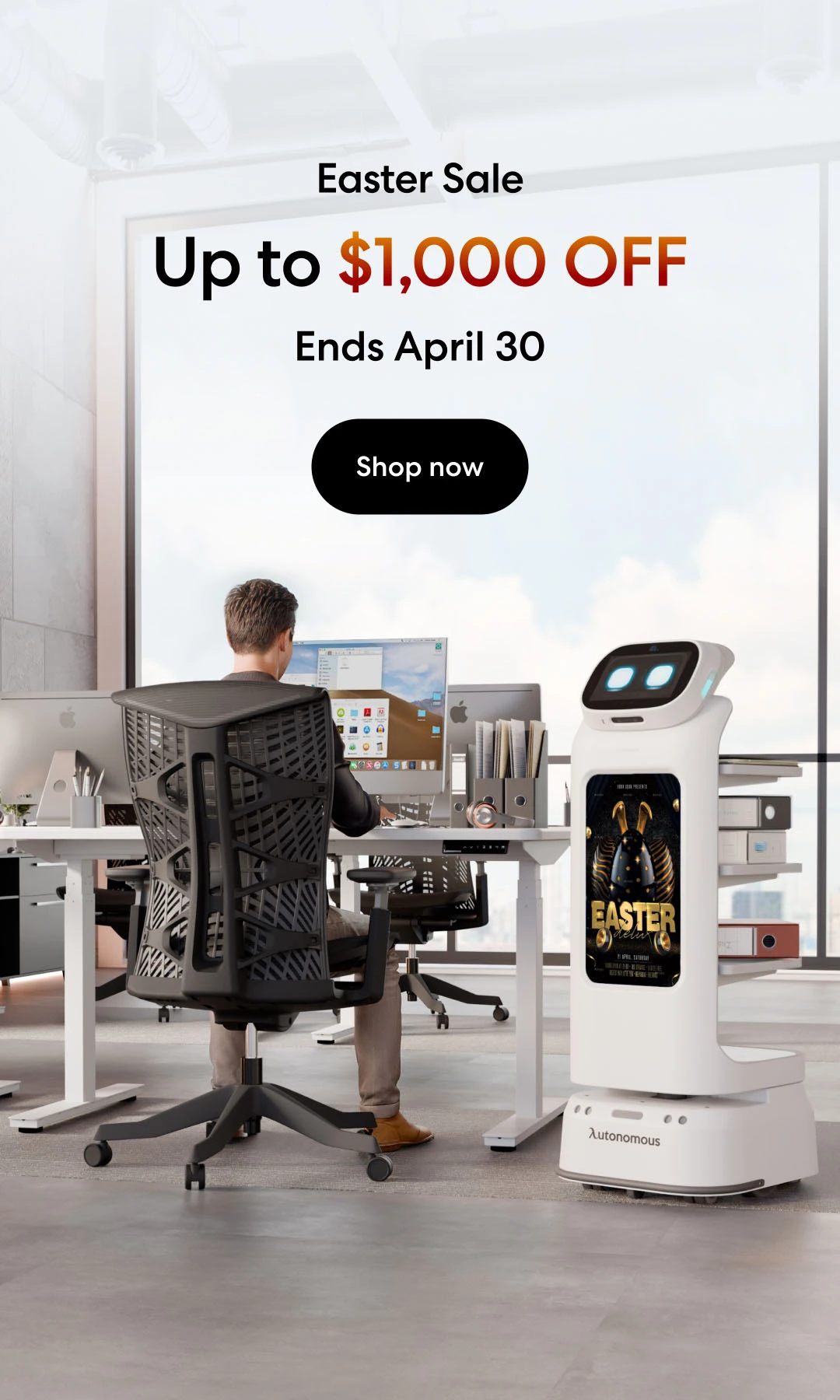
/https://storage.googleapis.com/s3-autonomous-upgrade-3/production/ecm/230914/bulk-order-sep-2023-720x1200-CTA-min.jpg)

/https://storage.googleapis.com/s3-autonomous-upgrade-3/production/ecm/230905/Untitleddesign.png)